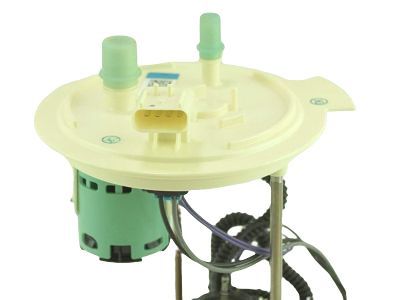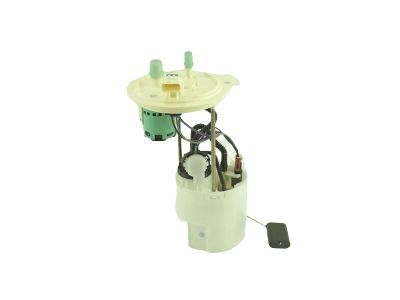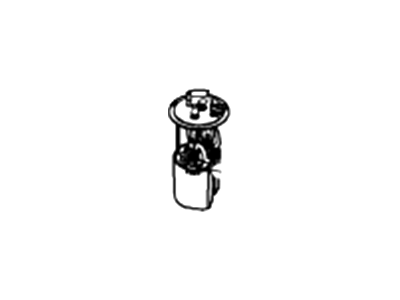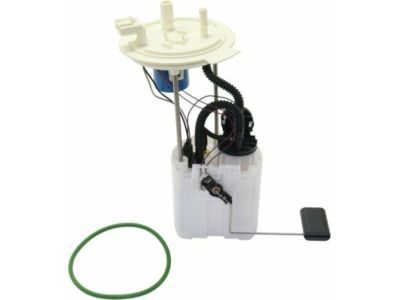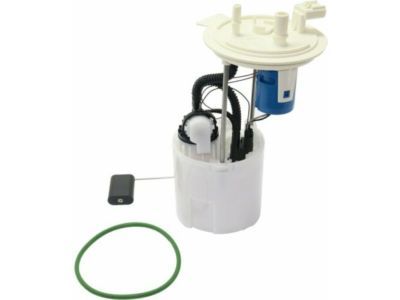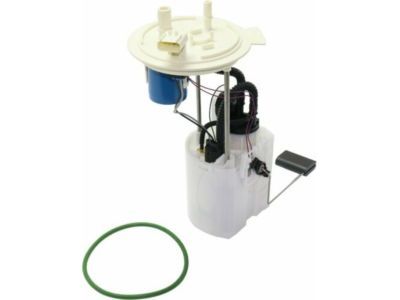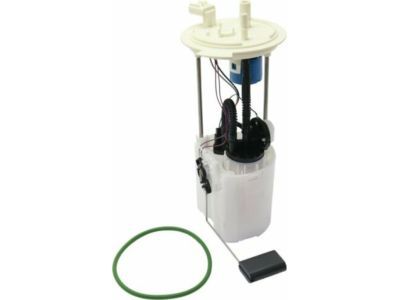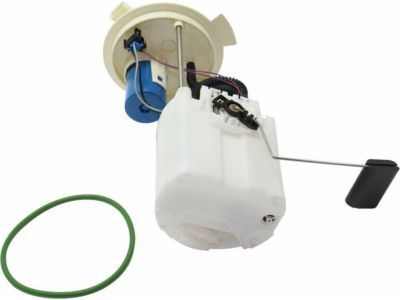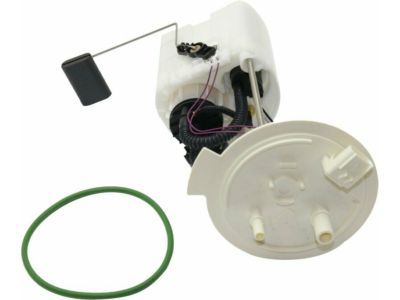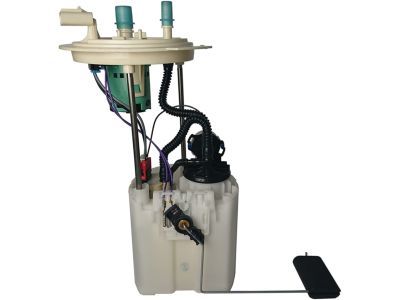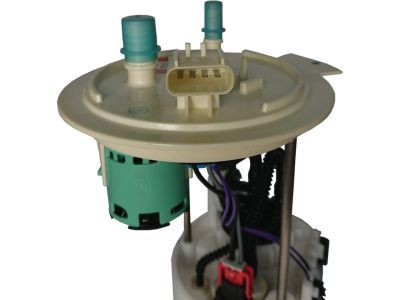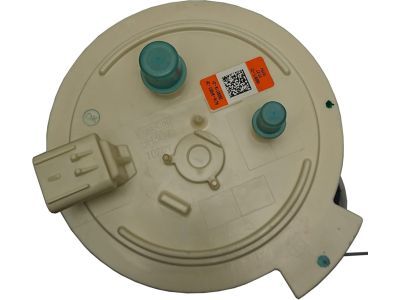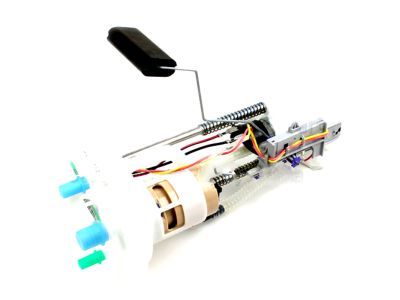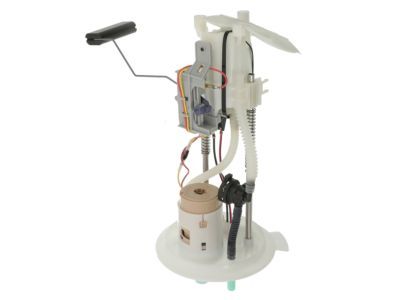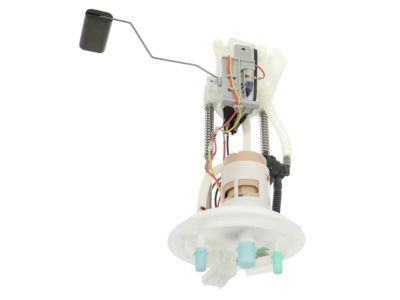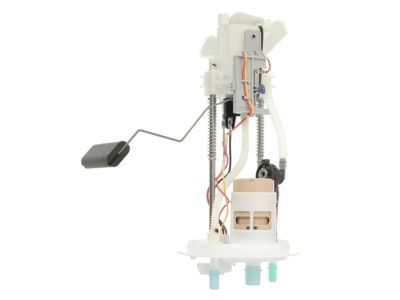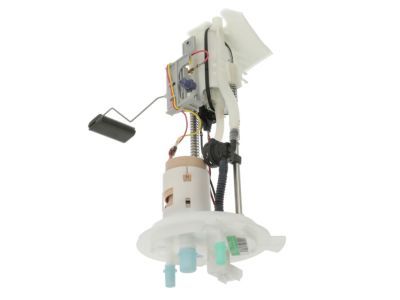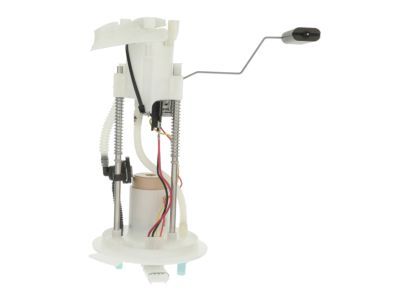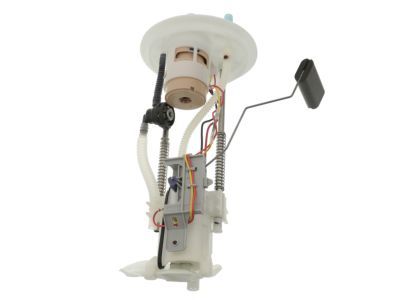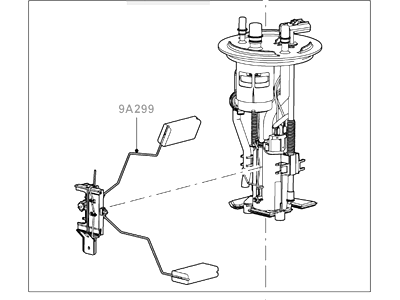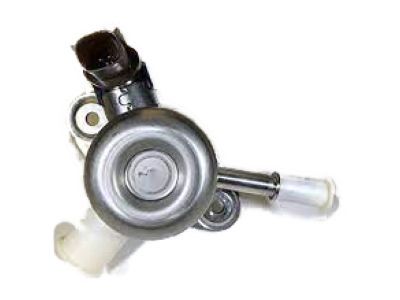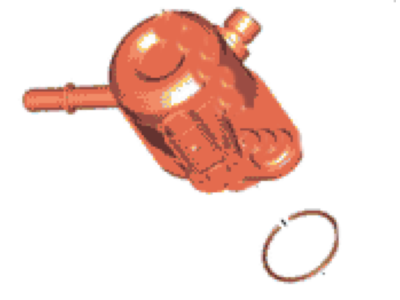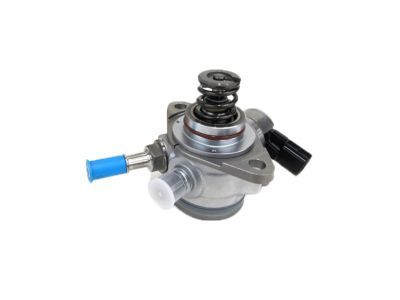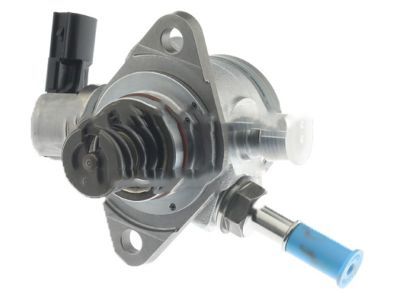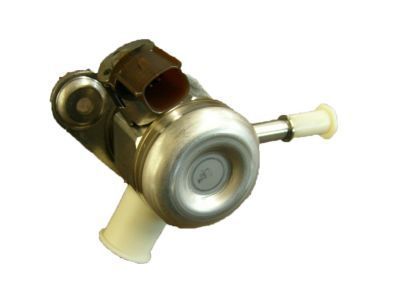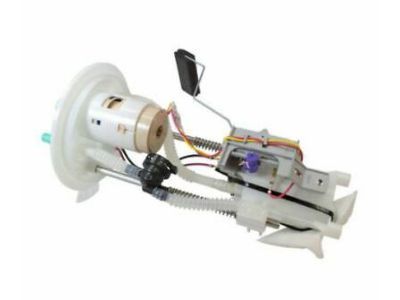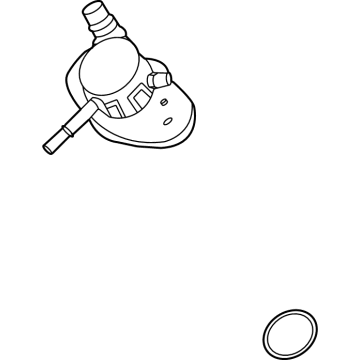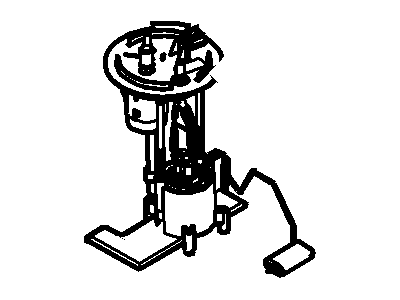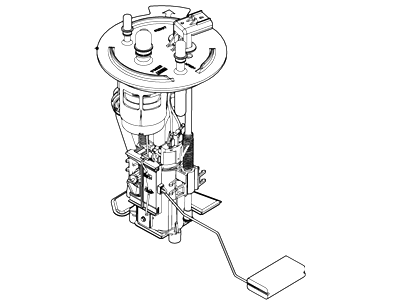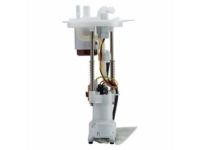

My Garage
My Account
Cart
Genuine Lincoln Navigator Fuel Pump
Gas Pump- Select Vehicle by Model
- Select Vehicle by VIN
Select Vehicle by Model
orMake
Model
Year
Select Vehicle by VIN
For the most accurate results, select vehicle by your VIN (Vehicle Identification Number).
31 Fuel Pumps found
Lincoln Navigator Fuel Pump And Sender Assembly
Part Number: 9L1Z-9H307-D$348.80 MSRP: $581.82You Save: $233.02 (41%)Ships in 1-2 Business DaysLincoln Navigator Sender And Pump Assembly
Part Number: AL1Z-9H307-C$322.64 MSRP: $538.18You Save: $215.54 (41%)Ships in 1-2 Business DaysLincoln Navigator Sender And Pump Assembly
Part Number: 8L1Z-9H307-B$299.45 MSRP: $481.82You Save: $182.37 (38%)Ships in 1-2 Business Days
Lincoln Navigator Fuel Pump Assembly
Part Number: HL3Z-9350-B$493.81 MSRP: $728.33You Save: $234.52 (33%)Ships in 1-2 Business DaysLincoln Navigator Fuel Pump Assembly
Part Number: BL3Z-9350-C$323.18 MSRP: $476.67You Save: $153.49 (33%)Ships in 1-2 Business DaysLincoln Navigator Fuel Pump Assembly
Part Number: HL3Z-9350-A$493.81 MSRP: $728.33You Save: $234.52 (33%)Ships in 1-2 Business DaysLincoln Navigator Sender And Pump Assembly
Part Number: 7L1Z-9H307-E$299.45 MSRP: $481.82You Save: $182.37 (38%)Ships in 1-2 Business DaysLincoln Navigator Fuel Pump
Part Number: ML3Z-9350-A$513.36 MSRP: $757.17You Save: $243.81 (33%)Ships in 1 Business DayLincoln Navigator Sender And Pump Assembly
Part Number: JL7Z-9H307-C$657.27 MSRP: $1096.36You Save: $439.09 (41%)Ships in 1-2 Business DaysLincoln Navigator Sender And Pump Assembly
Part Number: JL7Z-9H307-D$664.90 MSRP: $1109.09You Save: $444.19 (41%)Ships in 1-3 Business DaysLincoln Navigator Sender And Pump Assembly
Part Number: 9L1Z-9H307-C$348.80 MSRP: $581.82You Save: $233.02 (41%)Ships in 1-2 Business DaysLincoln Navigator Sender And Pump Assembly
Part Number: AL1Z-9H307-B$322.64 MSRP: $538.18You Save: $215.54 (41%)Ships in 1-2 Business DaysLincoln Navigator SENDER AND PUMP ASY
Part Number: KL7Z-9H307-B$589.12 MSRP: $956.36You Save: $367.24 (39%)Ships in 1-3 Business DaysLincoln Navigator Sender And Pump Assembly
Part Number: 8L1Z-9H307-A$288.85 MSRP: $481.82You Save: $192.97 (41%)Ships in 1-2 Business DaysLincoln Navigator Sender And Pump Assembly
Part Number: 9L1Z-9H307-A$319.79 MSRP: $514.55You Save: $194.76 (38%)Ships in 1-3 Business DaysLincoln Navigator Sender And Pump Assembly
Part Number: 7L1Z-9H307-A$278.09 MSRP: $474.76You Save: $196.67 (42%)Lincoln Navigator SENDER AND PUMP ASY
Part Number: NL1Z-9H307-A$108.07 MSRP: $158.00You Save: $49.93 (32%)Ships in 1-2 Business DaysLincoln Navigator Sender And Pump Assembly
Part Number: JL1Z-9H307-E$689.92 MSRP: $1120.00You Save: $430.08 (39%)Ships in 1-3 Business DaysLincoln Navigator Sender Assembly - Fuel Tank
Part Number: JL1Z-9A299-C$76.95 MSRP: $122.73You Save: $45.78 (38%)Ships in 1-2 Business DaysLincoln Navigator Sender And Pump Assembly
Part Number: 9L1Z-9H307-EA$319.79 MSRP: $514.55You Save: $194.76 (38%)
| Page 1 of 2 |Next >
1-20 of 31 Results
Lincoln Navigator Fuel Pump
Fuel Pump in Lincoln Navigator automobiles is responsible for delivering fuel to the engine carburetor or fuel injector. It makes sure that the fuel is pressurized and filtered and that the combustion will be effective. Electric fuel pumps are employed in Lincoln Navigators mainly and these are normally installed within the fuel tank in order to realize efficiency and also to be cooled as well. Such pumps are used to offer high pressure and this is required in most fuel injection systems in modern vehicles. Mechanical fuel pumps were also previously employed, especially with carbureted engines, however, most of them have been replaced because of their inefficiency. The main difference between these types relates to the pressure, that operates electric pumps providing pressures of 40-60 psi or more, and mechanical pumps 15 psi. Towards this change is the growth of the fuel management systems in Lincoln Navigators to upgraded performance and safety.
We provide a wide range of Lincoln Navigator Fuel Pump at the best prices possible. If you need Lincoln Navigator Fuel Pump, you can shop with confidence on our website. All our OEM parts come with a manufacturer's warranty and are delivered to your door step with a fast delivery service.
Lincoln Navigator Fuel Pump Parts Questions & Experts Answers
- Q: How to perform a fuel pressure and Fuel Pump test on Lincoln Navigator?A:To perform a fuel pressure test, you need a fuel pressure gauge and adapter set. After relieving fuel pressure, disassemble any fuel connection with a shop towel laid over it. Remove the fuel filler cap and listen for a whirring sound when the ignition key is turned on. If there's no sound, check the fuel pump fuse and test for battery voltage to the fuel pump relay and PCM relay connectors. If there's no voltage, inspect the fuse(s) and wiring circuit. If voltage is present, check for battery voltage at the fuel pump harness connector. To check operating pressure, connect a fuel pressure gauge to the fuel pressure test port and start the engine. If the pressure is low, test the fuel pump or pressure regulator. If it's high, check for blockage. Use a vacuum pump to test the fuel pressure regulator. For returnless fuel systems, tee into the fuel pressure gauge between the fuel delivery hose and fuel rail. If the pressure is off, inspect the fuel delivery lines, hoses, and connections. Replace the fuel filter and recheck the pressure. If all else is okay, inspect the fuel pump inlet strainer and replace the fuel pump if needed. After testing, reconnect the fuel delivery line.
- Q: How to remove and replace a fuel pump in a Lincoln Navigator?A:Siphon residual fuel from the tank before removing the fuel pump. Disconnect the negative battery cable, raise the vehicle, and remove the Fuel Tank. Highlight alignment marks on the fuel pump assembly and tank. Remove fuel pump assembly bolts and pull the assembly from the tank. Discard the old seal ring. If reusing the pump, clean the strainer in solvent. If installing a new pump, it'll come with a new strainer. Disconnect the electrical connector and remove the pump from the assembly. Clean the pump mounting flange and tank surface. Install in reverse order, using heavy grease to keep the new seal in place.
Related Lincoln Navigator Parts
Browse by Year
2024 Fuel Pump 2023 Fuel Pump 2022 Fuel Pump 2021 Fuel Pump 2020 Fuel Pump 2019 Fuel Pump 2018 Fuel Pump 2017 Fuel Pump 2016 Fuel Pump 2015 Fuel Pump 2014 Fuel Pump 2013 Fuel Pump 2012 Fuel Pump 2011 Fuel Pump 2010 Fuel Pump 2009 Fuel Pump 2008 Fuel Pump 2007 Fuel Pump 2006 Fuel Pump 2005 Fuel Pump 2004 Fuel Pump 2003 Fuel Pump 2002 Fuel Pump 2001 Fuel Pump 1998 Fuel Pump
